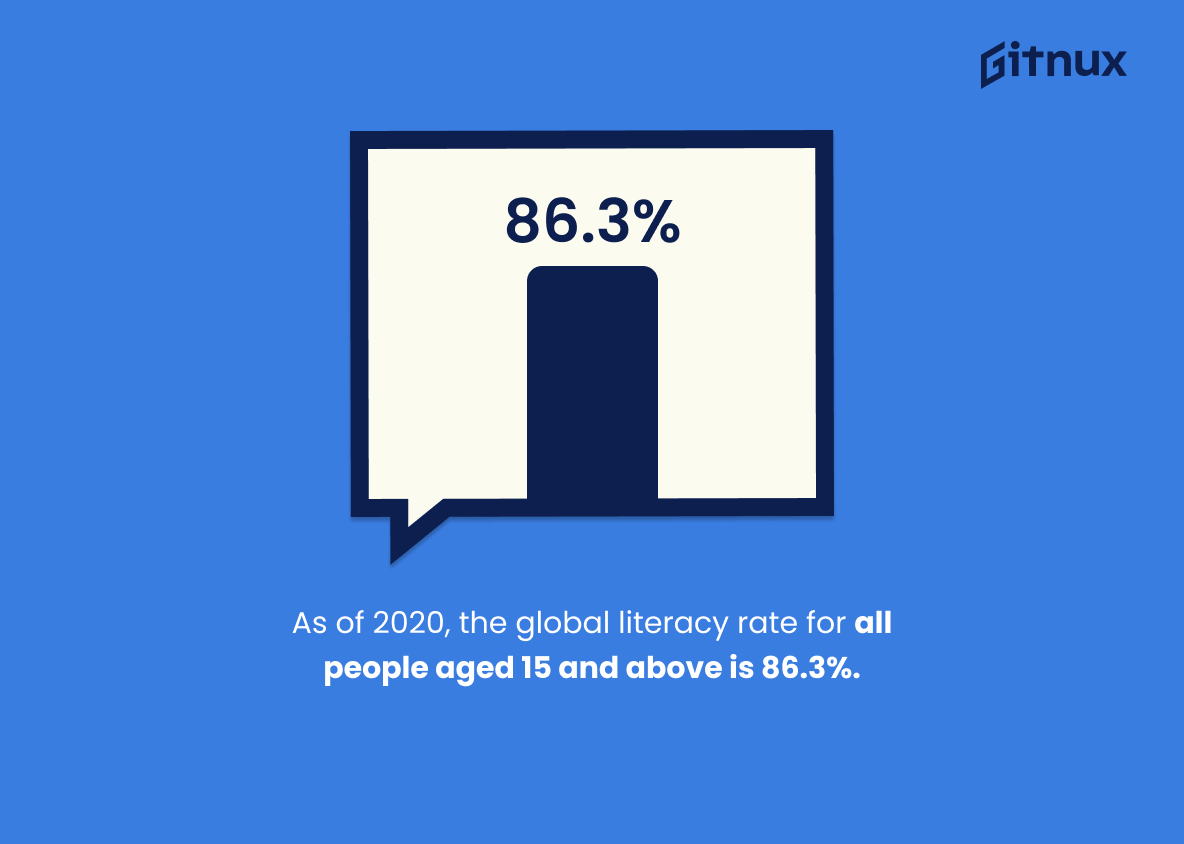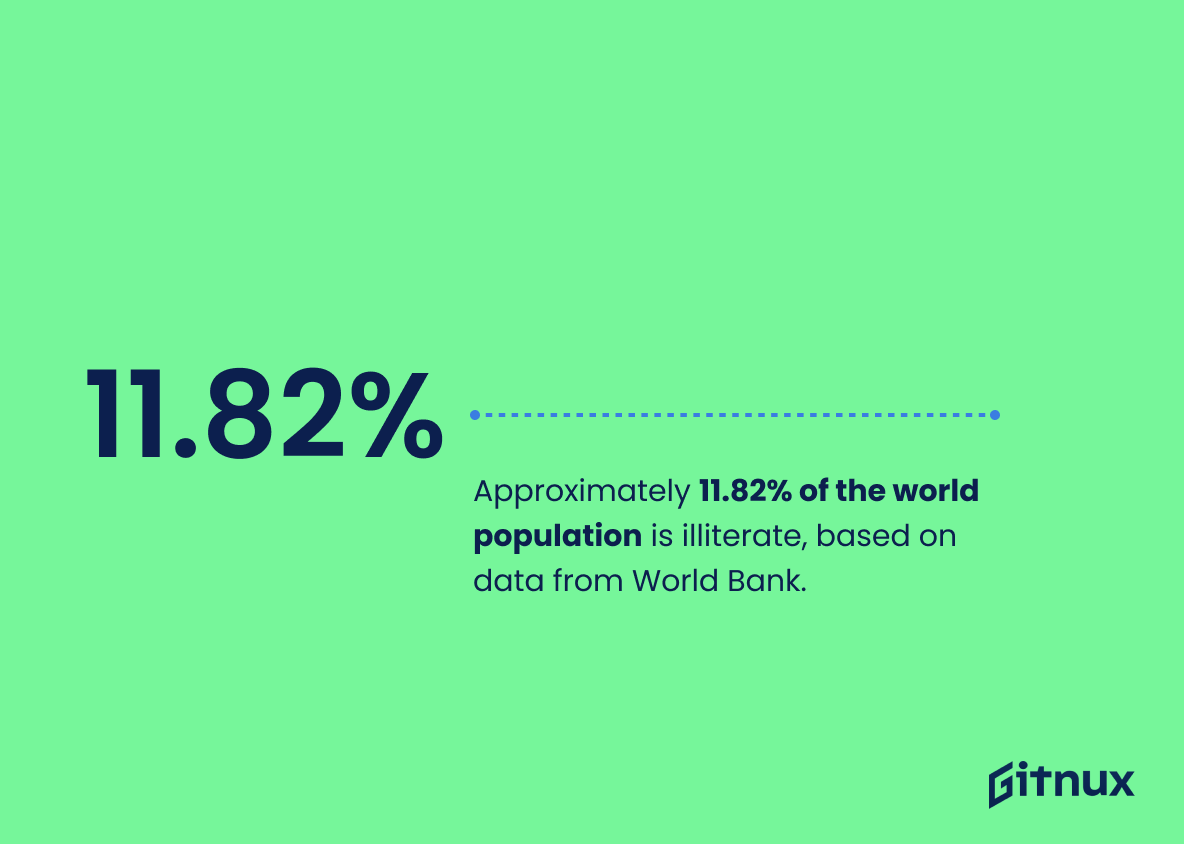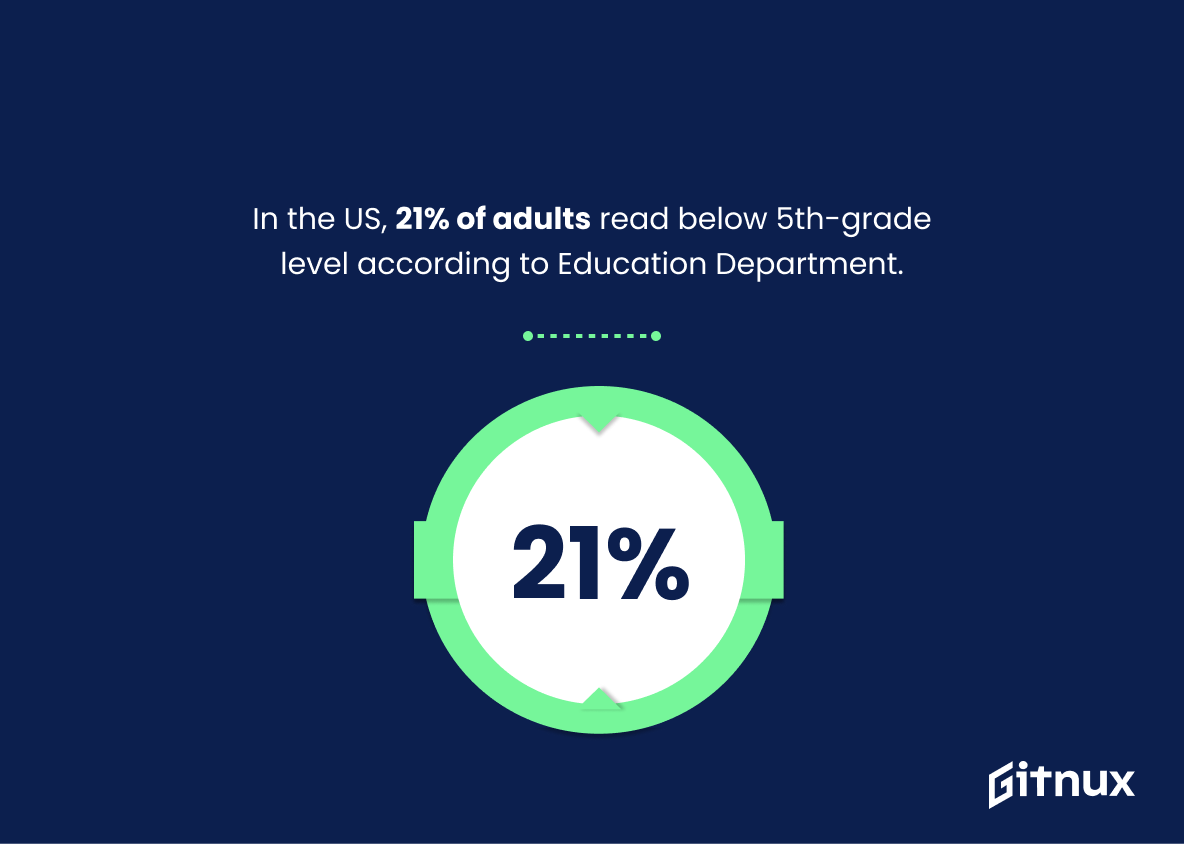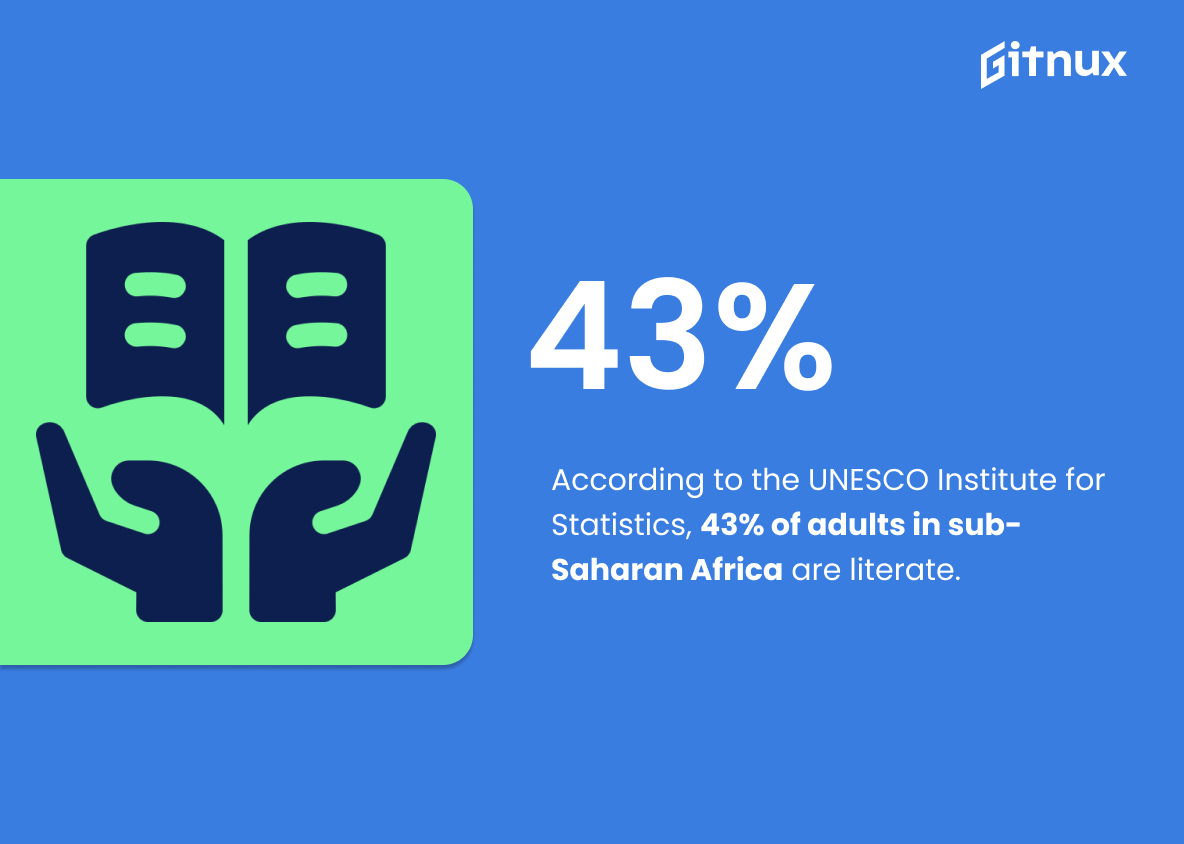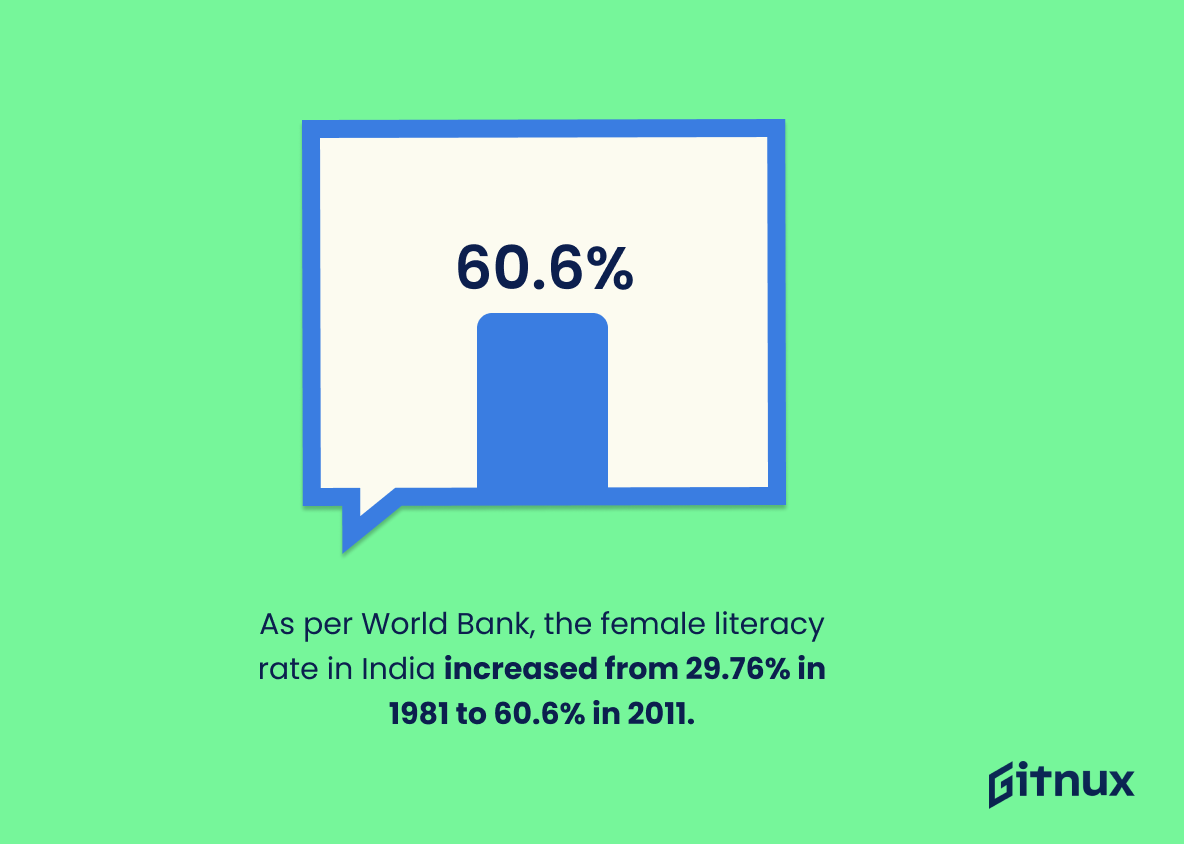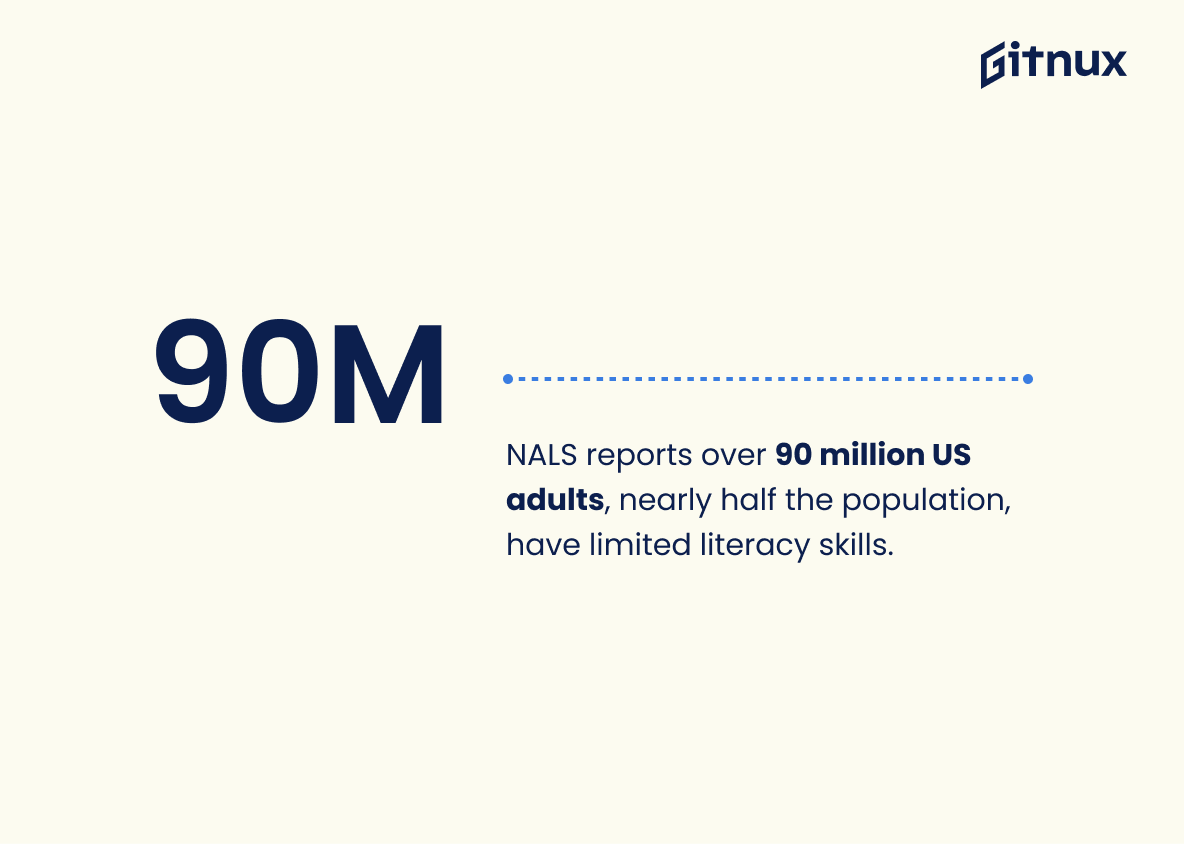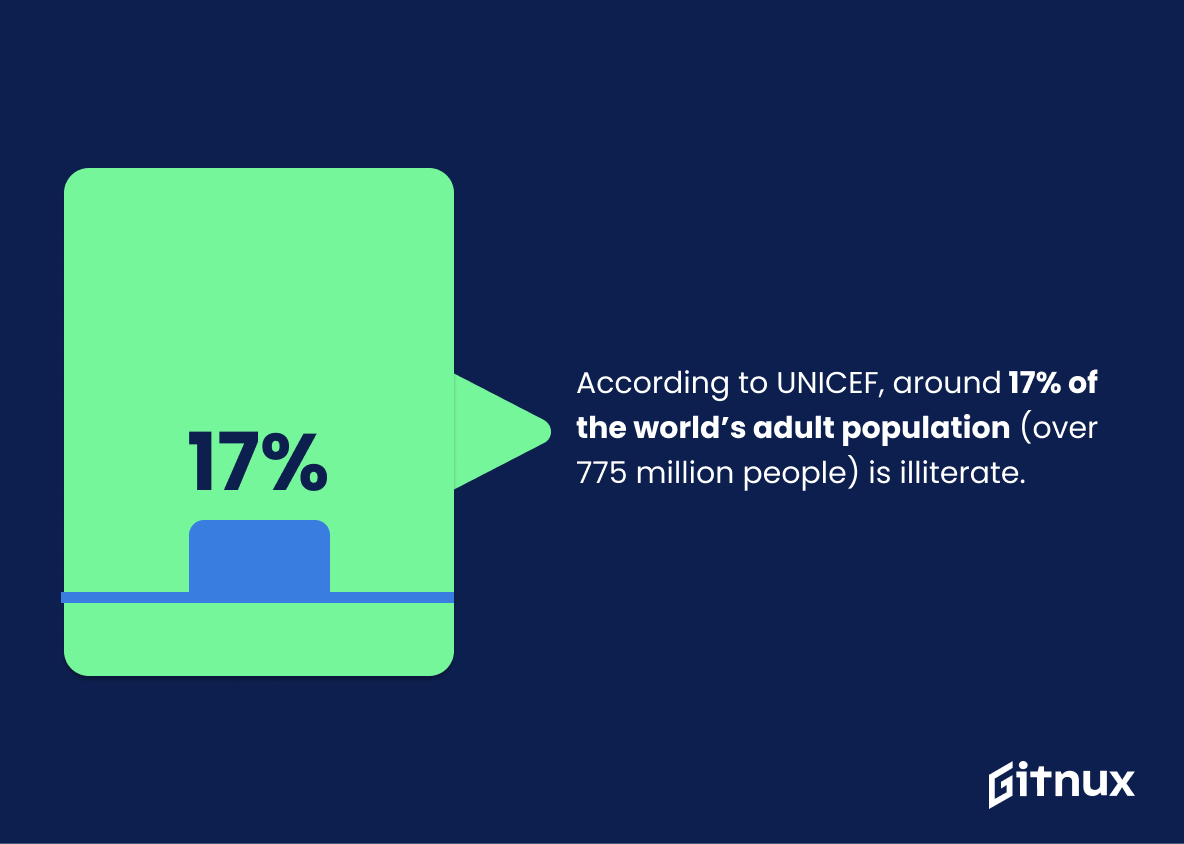In today’s information-driven world, literacy is no longer limited to the basic ability to read and write. It encompasses comprehension, critical thinking, and the ability to navigate the digital terrain. As we plunge deeper into the era of technology and global communication, understanding literacy statistics has become increasingly important. These statistics provide valuable insights into social, economic, and cultural aspects of societies worldwide.
In this blog post, we will delve into the current literacy rates, trends, disparities among different demographics, and the profound impact these numbers have on our everyday lives. Prepared to be amazed by the potent power of literacy echoing across continents, influencing change, and shaping the world as we know it.
The Latest Literacy Statistics Unveiled
Worldwide, around 773 million youth (aged 15 to 24) and adults cannot read or write – 24% of those reside in Sub-Saharan Africa.
Reflecting upon this sobering fact, we must consider that approximately 773 million young people and adults globally (those aged between 15 and 24) currently struggle with basic literacy skills. This isn’t just an isolated occurrence in one specific region- 24% of this population resides in Sub-Saharan Africa, illustrating an alarming spread of this issue on a global scale.
In the frame of literacy statistics, this drives home the urgency and scale of the literacy challenge faced worldwide. It brings to light the areas that require focused attention and resources for advancement in literacy rates, with Sub-Saharan Africa being a major concern. Moreover, given that this demographic represents the future workforce and leaders of the world, the lack of basic literacy skills can have significant implications on their capacity for employment, personal growth, and contribution to society as well as the economy.
By recognizing the number and geographical spread of those affected, we can identify key trends and devise targeted initiatives. In this respect, such a statistic forms a cornerstone in molding the narrative on global literacy, and indeed, highlights how far we have yet to journey in achieving universal literacy.
As of 2020, the global literacy rate for all people aged 15 and above is 86.3%.
Painting a picture with numbers, let’s consider 86.3% as the current global literacy rate for individuals aged 15 and above. This figure serves as a significant milestone in our quest to understand Literacy Statistics. It speaks volumes about the strides humanity has taken to edge the darkness of illiteracy out of the world.
In an era where knowledge is currency, this percentage showcases how global efforts towards education are bearing fruit. Yet, it also subtly reveals the remaining darkness, the 13.7% still engulfed in the shadows of illiteracy. It doesn’t merely reflect numbers but rather, highlights the need to push further.
It suggests that while development has been made, there is still a significant portion of people who are cut off from accessing immense pools of knowledge. So, through the lens of a blog post on Literacy Statistics, this figure beautifully illustrates the progress made and the challenges yet to be overcome. Hence, the narrative of this statistic becomes an important thread in the woven tapestry of global literacy trends.
Approximately 11.82% of the world population is illiterate, based on data from World Bank.
In traversing the realm of literacy statistics, the jarring revelation that approximately 11.82% of the world’s population, according to World Bank data, is illiterate serves as a stark reminder of the underestimated magnitude of global illiteracy. This percentage, while seemingly minuscule, unearths the harsh reality of nearly 900 million people around the globe wrestling with the burdens of illiteracy.
As readers, writers, learners, we are brought face-to-face with the critical issue that a significant portion of our human family is stripped of the basic power to read and write, a skill that serves as the very bedrock of personal development and societal progress. Against this backdrop of global illiteracy, we are thrust into a compelling narrative, painting both the struggles we still face in promoting global literacy and the monumental strides we must take to eradicate illiteracy.
Cuba, with a literacy rate of 99.8%, has the highest literacy rate in Latin America, according to World Bank data.
In the realm of literacy statistics, Cuba’s achievement, as noted by World Bank data, paints a captivating narrative of success. A staggering literacy rate of 99.8%, the highest in Latin America, positions this nation at the forefront of educational achievement in the region. This figure not only illuminates Cuba’s laudable commitment to education but also establishes a dramatic comparison point for other countries.
It underscores the contrast between nations galvanized by an unwavering resolve to eradicate illiteracy and those still struggling with educational challenges. This strikingly high literacy rate in Cuba is a beacon of hope, signifying that fortifying education systems can yield impressive results, thus may serve as an inspiration and benchmark for other countries striving to enhance their literacy rates.
In the United States, 21% of adults read below a 5th-grade level, based on the U.S. Department of Education and the National Institute of Literacy.
Shining a spotlight on the staggering fact that 21% of US adults read below a 5th-grade level—as reported by the U.S. Department of Education and the National Institute of Literacy—offers a poignant insight into the magnitude of the literacy challenge confronting our nation. This data doesn’t merely represent a figure but serves as a somber reminder of the literacy gap inhibiting millions from participating fully in society.
Therefore, advocating for literacy programs and educational reforms becomes crucial. Unraveling the story behind these daunting statistics in our blog post will add urgency to the topic and emphasizes the need for immediate action. It underscores the importance of understanding and addressing adult illiteracy, not only as an economic necessity, but also as a social justice issue.
According to the UNESCO Institute for Statistics, 43% of adults in sub-Saharan Africa are literate.
Illuminating the realm of global literacy, the UNESCO Institute for Statistics unveiled an intriguing insight: a mere 43% of adults in sub-Saharan Africa can read and write. This nugget of knowledge probes deeper into the heart of what literacy truly means. In the context of a blog post exploring literacy statistics, it serves as the linchpin, inviting readers to contemplate the stark reality many adults in sub-Saharan Africa face.
This statistic bursts the bubble of ignorance, revealing a pressing issue in global education and sparking a necessary discussion not only about literacy but also about access to education, socio-economic matters, and government policy across this region. Ultimately, this powerful figure fuels the blog post, stimulating thoughtful reflection and prompting readers to possibly contribute to improving global literacy rates.
As per World Bank, the female literacy rate in India increased from 29.76% in 1981 to 60.6% in 2011.
Drilling deeper into the realm of literacy statistics, it is essential to cast some light on the profound growth of female literacy rates in India, as reported by the World Bank. With a gigantic leap from a mere 29.76% in 1981 to an impressive 60.6% in 2011, this evidences not just the substantial progress made in India’s educational sphere, but also underlines the empowering journey of Indian women from the shadows of illiteracy towards the illumination of knowledge. This enlightening facet further enriches our understanding of global literacy trends and gender disparities, vital for any comprehensive discourse on literacy statistics.
The National Adult Literacy Survey (NALS) states that over 90 million adults in the United States, nearly half the adult population, have limited literacy skills.
Dive deep into the ocean of this statistic – some 90 million adults in the United States, nearly half the adult population, are grappling with limited literacy skills, as per the National Adult Literacy Survey. Reflect on this data like a mirror reflecting our society’s predicament. This statistic, more than just a number, is an alarming siren calling for immediate measures to ensure everyone has the basic ability to read and write.
It highlights the magnitude and urgency of alleviating the literacy issue in a blog post about literacy statistics thus, becoming an essential piece of the puzzle that needs to be addressed swiftly. To overlook this metric would be akin to ignoring a ticking time bomb, threatening the potential growth and progress of our society.
According to UNICEF, around 17% of the world’s adult population (over 775 million people) is illiterate.
Highlighting UNICEF’s revelation that nearly 17% of the global adult population, amounting to over 775 million people, cannot read or write, underscores the vast scale of literacy challenges across the globe. This number isn’t just a mere statistic; it’s a vivid depiction of the persistent gaps in global education initiatives and the enormous hurdles we still need to overcome.
It emphasizes our collective responsibility in producing, sharing, and promoting literacy-friendly material. Moreover, it serves as a stark reminder for all blog readers of the profound need to champion for literacy education and the pivotal role it plays in individual empowerment, societal progress, and economic growth.
Conclusion
Understanding and harnessing the power of literacy statistics can make a tangible difference in shaping educational policies, strategic planning, and personal development trajectories. While the current global literacy rates encourage optimism, there’s still room for improvement, especially in disadvantaged regions.
As more awareness is created, resources invested, and technology utilized, we can hope for a future where everyone, irrespective of age, gender, or geography, will have the basic right to literacy, driving a global surge in knowledge, productivity, and socioeconomic development. So, let’s continue to examine these statistics, for they are not just numbers, but insights into our collective mission to promote literacy worldwide.
References
0. – https://www.ourworldindata.org
1. – https://www.www.worldbank.org
2. – https://www.databank.worldbank.org
3. – https://www.www.unicef.org
4. – https://www.nces.ed.gov
5. – https://www.en.unesco.org
6. – https://www.uis.unesco.org

